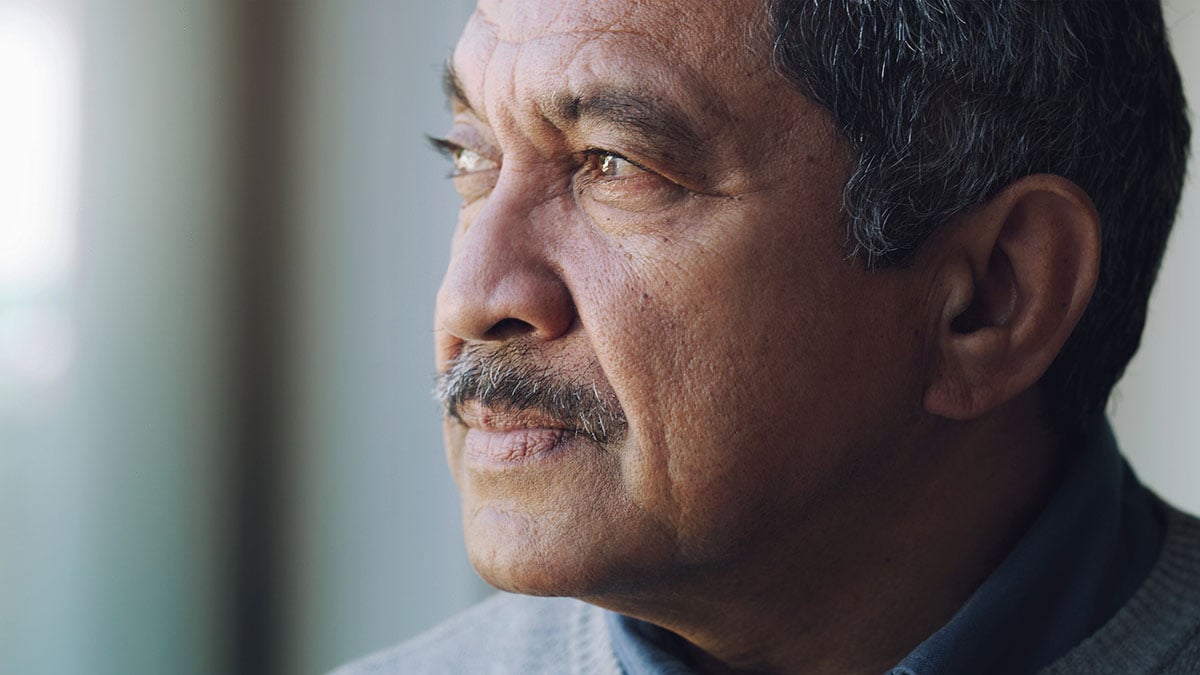Key points
- Over 3.4 million Americans aged 40 years and older are blind or visually impaired, which is expected to double by 2030.
- Vision loss reduces quality of life and increases direct and indirect costs.
- Early detection and treatment can prevent blindness and vision impairment.

Overview
Saaddine, Narayan, and Vinicor (2003) posed five criteria to determine whether vision loss is a public health problem. They are discussed below.1
5 criteria to define a public health problem
1. Does vision loss affect a lot of people?
Yes. More than 3.4 million Americans aged 40 years and older are blind or visually impaired. Other estimates of vision problems go as high as 21 million people. Additionally, about 80 million Americans have diseases that can cause blindness.
2. Does vision loss contribute to poor health and high health care costs?
Yes. People with vision loss are more likely to report having depression, diabetes, hearing impairment, stroke, falls, and cognitive decline. Those with vision loss are also more likely to die prematurely.
In addition, vision loss can make it difficult or impossible to drive, read, keep accounts, and navigate new places. These all contribute to a reduced quality of life.
The economic burden of vision loss among Americans older than 40 years, including direct costs and lost productivity, is estimated to exceed $35 billion per year in the United States.2
3. Has vision loss recently increased, and will it increase in the future?
Yes. As the population of older people increases, the number of people with vision loss increases. In addition, increases in the number of people with diabetes and other chronic conditions that can lead to eye diseases contribute to the increase in vision loss.
Prevent Blindness America estimates that the number of people with blindness and visual impairment will double by 2030 unless actions to prevent and treat eye diseases are taken.
4. Does the public see vision loss as a threat?
Yes. Many people fear vision loss due to its impact on quality of life, daily activities, and independence.
5. Can vision loss be improved with community or public health action?
Yes. Research shows that early detection and treatment can prevent blindness and vision impairment. Screening and treatment for common eye conditions such as diabetic retinopathy, cataracts, and glaucoma are available. However, many people are not screened, diagnosed, or treated.
For example, untreated age-related cataracts are a major cause of blindness among African American people. Glaucoma is also still the number one blinding disease among African American people, even though early detection and treatment can prevent vision loss.
Public health actions help to expand access to prevention and treatment for vision loss. Efforts also include population-based studies to identify trends in vision loss and which populations are most affected.
- Saaddine, J., Narayan, K. V., & Vinicor, F. (2003). Vision loss: a public health problem? Ophthalmology, 110(2), 253–254. https://doi.org/10.1016/s0161-6420(02)01839-0
- Rein DB, Zhang P, Wirth KE, et al. The economic burden of major adult visual disorders in the United States. Arch Ophthalmol. 2006;124(12):1754–1760. doi:10.1001/archopht.124.12.1754
